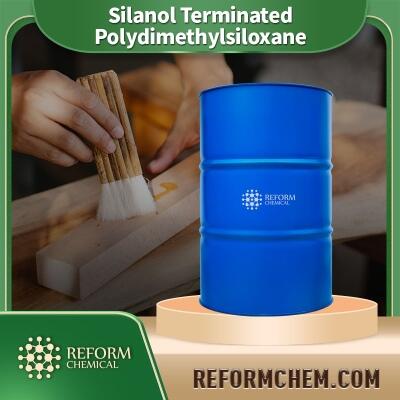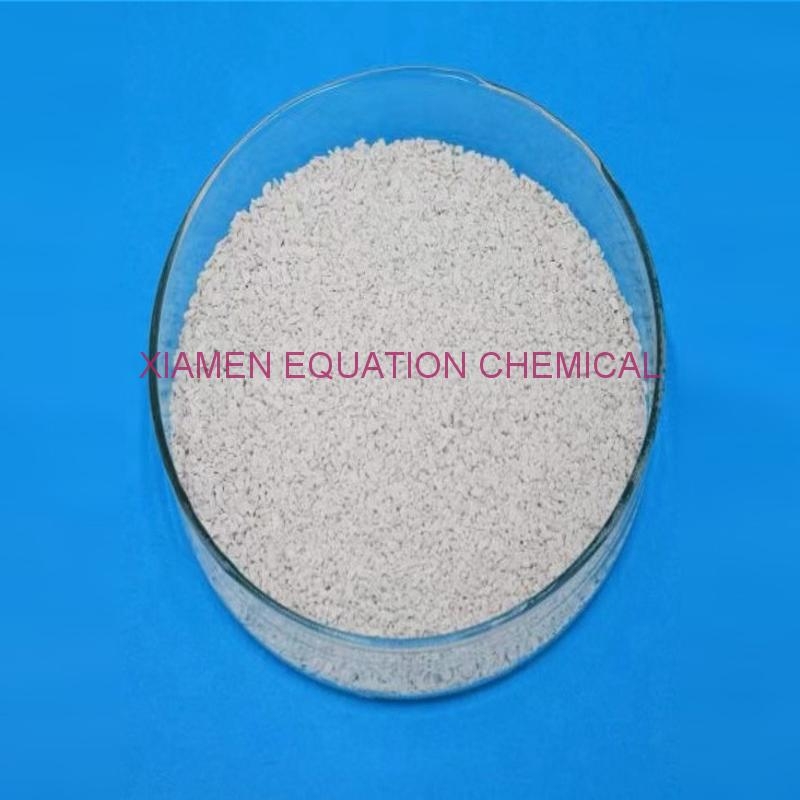-
Categories
-
Pharmaceutical Intermediates
-
Active Pharmaceutical Ingredients
-
Food Additives
- Industrial Coatings
- Agrochemicals
- Dyes and Pigments
- Surfactant
- Flavors and Fragrances
- Chemical Reagents
- Catalyst and Auxiliary
- Natural Products
- Inorganic Chemistry
-
Organic Chemistry
-
Biochemical Engineering
- Analytical Chemistry
-
Cosmetic Ingredient
- Water Treatment Chemical
-
Pharmaceutical Intermediates
Promotion
ECHEMI Mall
Wholesale
Weekly Price
Exhibition
News
-
Trade Service
Imidocarb dipropionate is an important intermediate in the production of various chemicals and pharmaceuticals.
It is used as a starting material for the synthesis of various compounds, including antibiotics, antifungals, and antivirals.
The synthetic routes of imidocarb dipropionate can be broadly classified into two categories: synthetic routes using petrochemicals and synthetic routes using renewable feedstocks.
Synthetic Routes Using Petrochemicals:
The most common synthetic route for imidocarb dipropionate involves the reaction of propionyl chloride with sodium hydroxide to form the corresponding sodium propionate, which is then converted to imidocarb dipropionate using a series of chemical reactions.
This process involves the use of petrochemicals such as propionyl chloride, which is derived from petroleum.
The first step in this process is the reaction of propionyl chloride with sodium hydroxide to form sodium propionate.
This reaction is exothermic and requires careful handling.
The resulting sodium propionate is then hydrolyzed using hydrochloric acid to form propionic acid and sodium hydroxide.
The propionic acid is then converted to imidocarb dipropionate using a sequence of reactions.
The first step involves the reaction of propionic acid with dimethylformamide and sodium hydroxide to form N-dimethylformamide-N-propionate.
This is followed by the reaction of N-dimethylformamide-N-propionate with lithium hydroxide to form N-lithio-N-propionate.
The final step involves the reaction of N-lithio-N-propionate with sodium carbonate to form imidocarb dipropionate.
Synthetic Routes Using Renewable Feedstocks:
An alternative approach to the synthesis of imidocarb dipropionate involves the use of renewable feedstocks such as glycerol.
In this approach, glycerol is converted to propanediol using a microbial fermentation process.
The propanediol is then converted to propionic acid using a bacterial fermentation process.
The propionic acid is finally converted to imidocarb dipropionate using the same sequence of reactions as in the petrochemical-based route.
Advantages of Synthetic Routes Using Renewable Feedstocks:
The use of renewable feedstocks such as glycerol offers several advantages over the traditional petrochemical-based routes.
Firstly, it reduces the dependence on finite and non-renewable resources such as petroleum.
Secondly, it reduces the environmental impact associated with the extraction, transportation, and use of petrochemicals.
Thirdly, it provides a sustainable source of chemical building blocks for the production of various chemicals and pharmaceuticals.
Challenges and Limitations:
The use of renewable feedstocks for the synthesis of imidocarb dipropionate is still in its infancy and faces several challenges and limitations.
One of the major challenges is the high cost of production compared to the petrochemical-based routes.
The cost of production is influenced by the cost of raw materials, energy, and the complexity of the synthetic route.
Another challenge is the limited availability of renewable feedstocks and the need for new and innovative technologies for their efficient and economical production.
Conclusion:
The synthetic routes of imidocarb dipropionate can be broadly classified into two categories: synthetic routes using petrochemicals and synthetic routes using renewable feedstocks.
The petrochemical-based routes are well established and widely used in the industry, while the renewable feedstock-based routes are still in their inf






